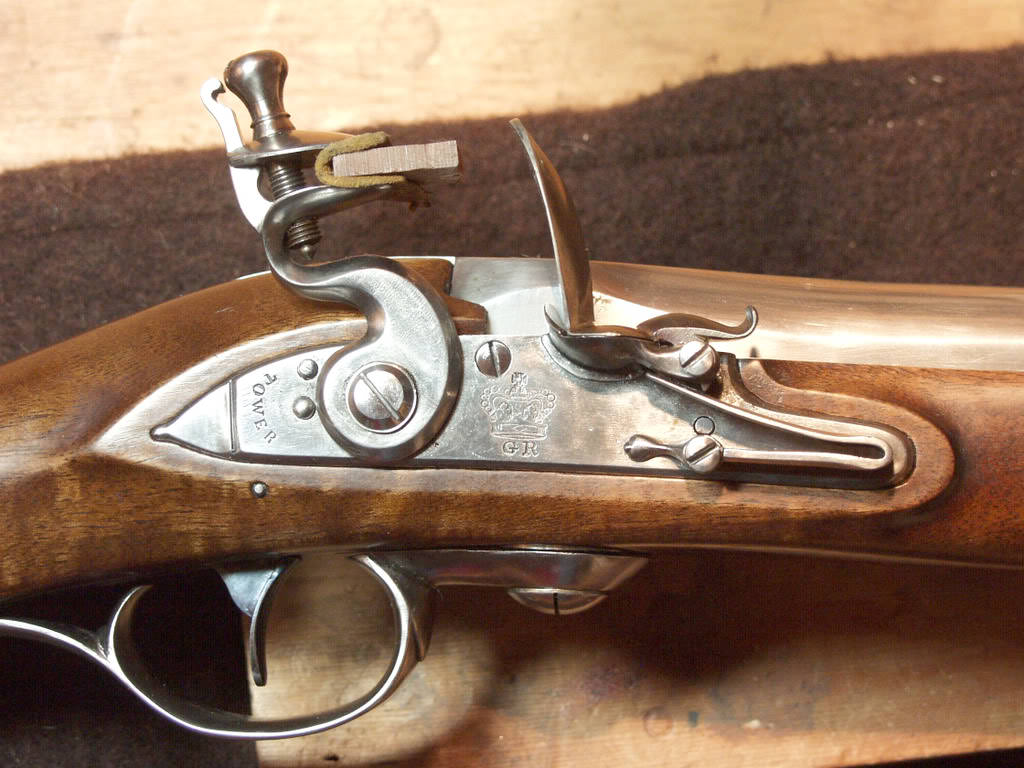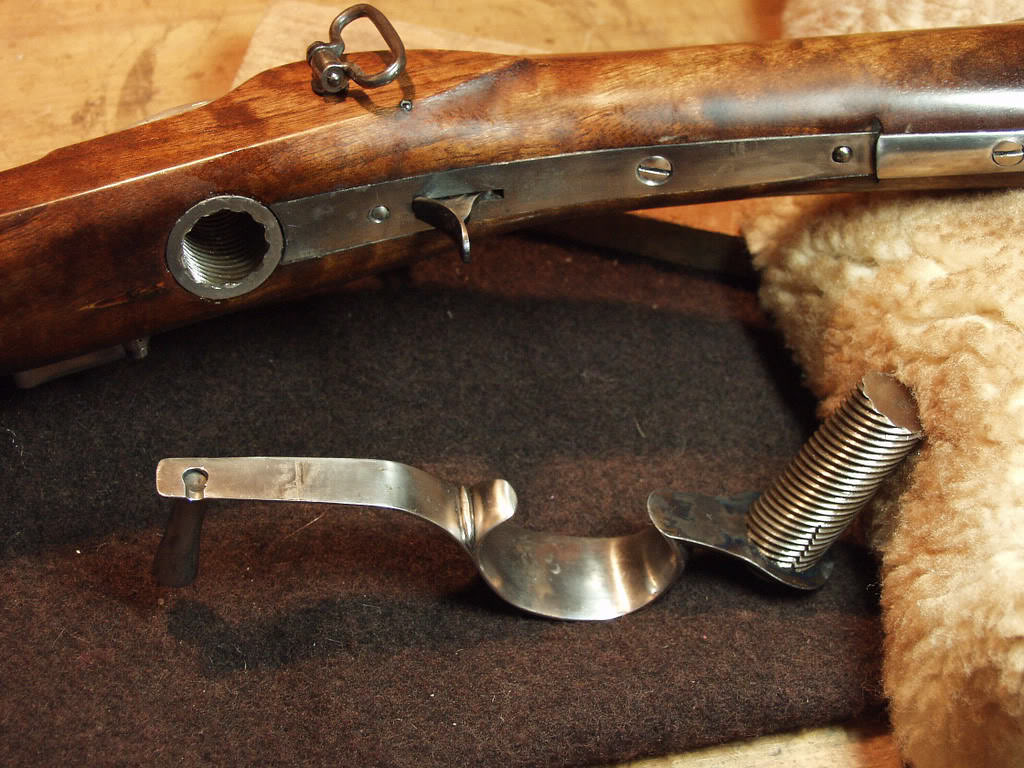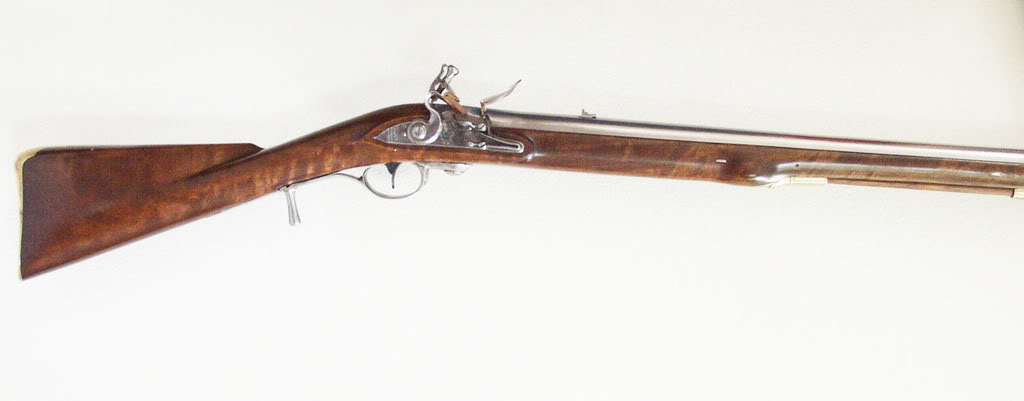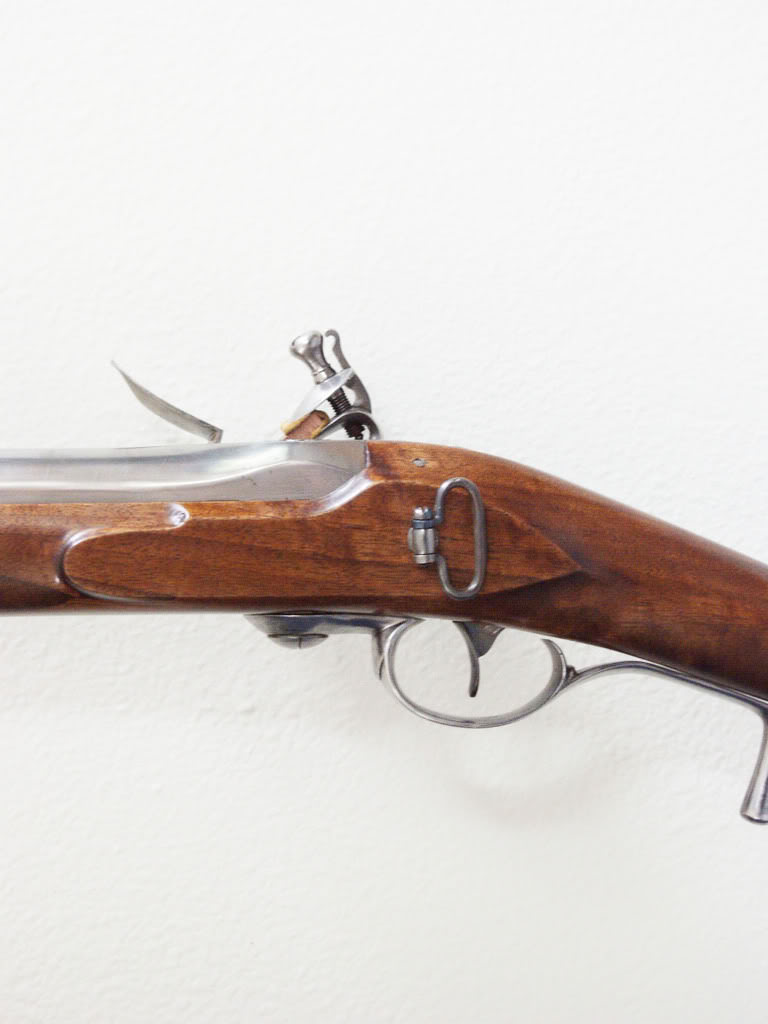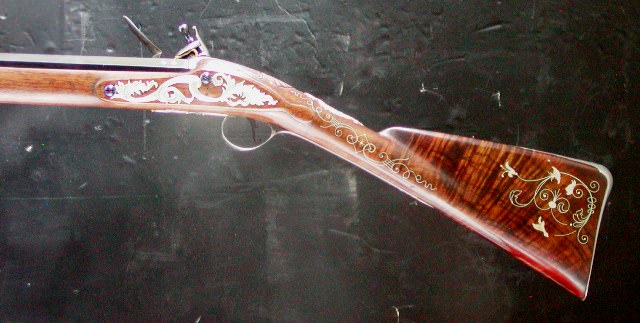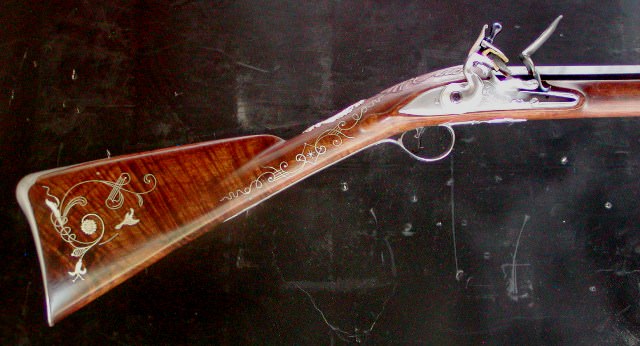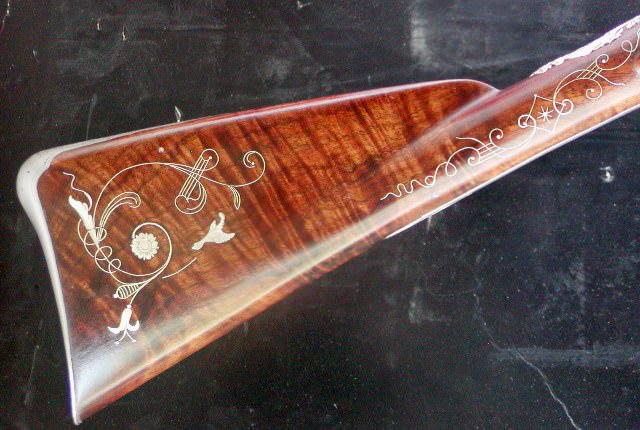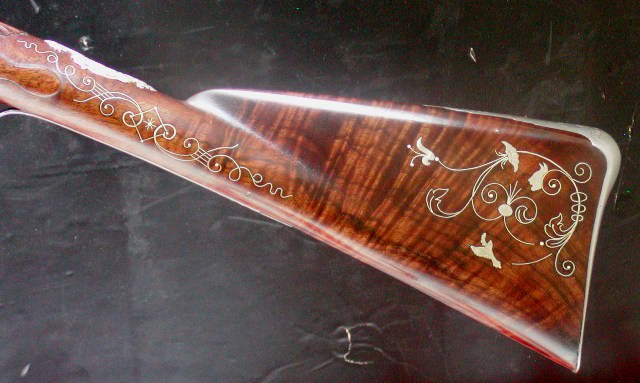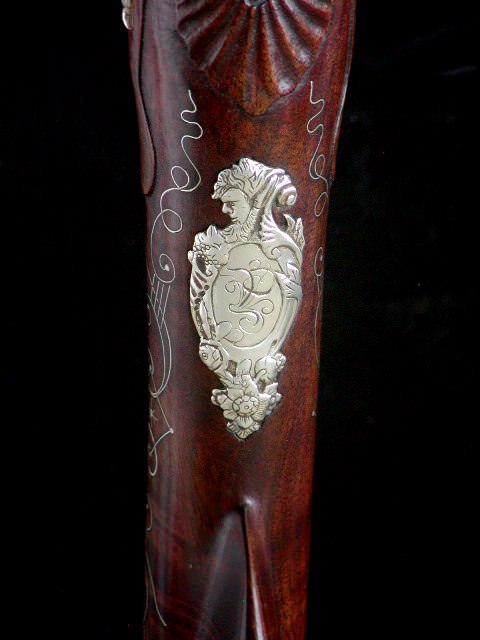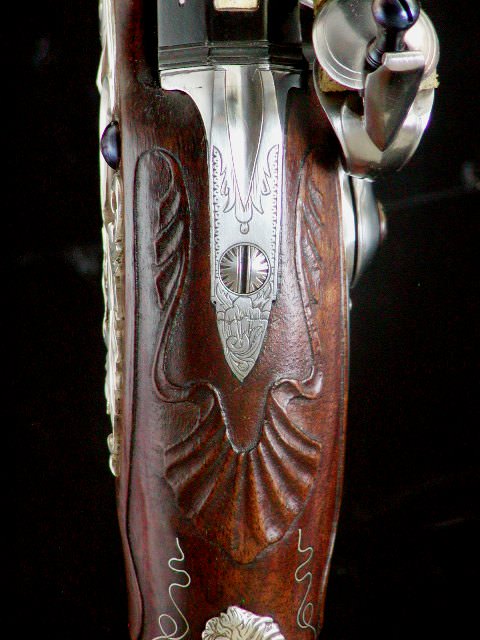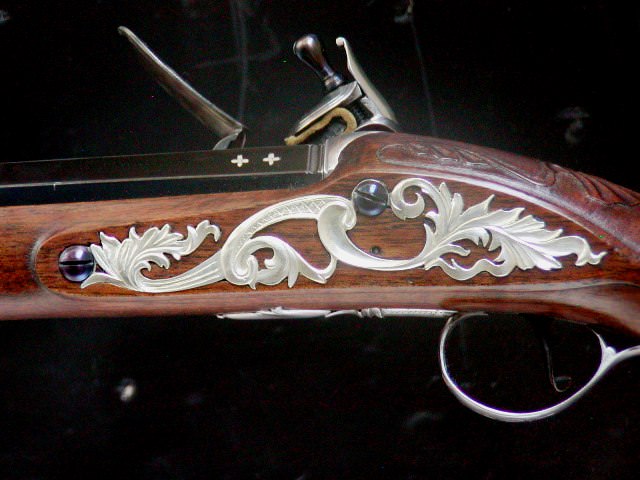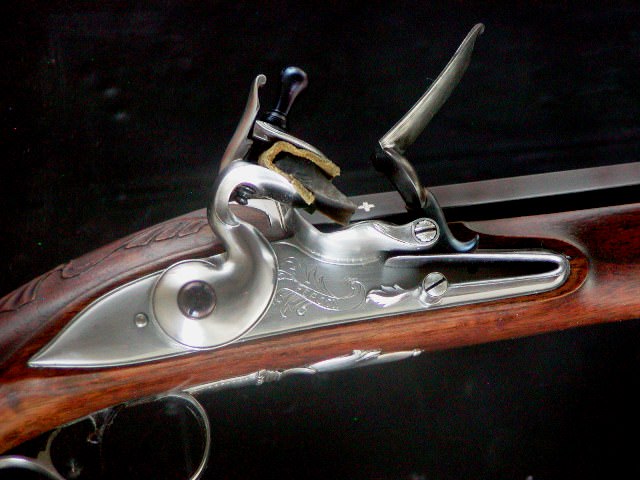Thanks for reading the articles. I grew up on the “damascus barrel myth.” Here’s my essay on it:
https://www.scribd.com/document/333570380/Damascus-Barrel-Myth. My favorite upland shotguns were made in the 19th century and all have damascus barrels in excellent condition made by the best makers (Joe Manton, Thomas Boss, Westley Richards, Purdey).
Here’s another essay on forging a barrel:
https://www.scribd.com/document/333570624/How-a-Gun-Barrel-Was-Made. An ambition some day is to forge and rifle a muzzle loading barrel with a couple of my buddies. Maybe someday....
Sherman Bell had a very interesting series of articles, “Finding Out for Myself,” in the Double Gun Journal. In one article he wrote, “To paraphrase a popular slang expression
: Facts talk: opinions walk. In my dictionary the definition of ‘opinion’ is as follows:
Belief stronger than impression and less strong that positive knowledge. We have already seen that some strongly held opinions about guns and shooting are
notbased on positive knowledge. One domain that generates more than its share of opinion, is the study of internal ballistics.”
Thanks for the information on the blanks and charcoal. I don't think I'll attempt the gapped charge experiment! I wish more discussions were so data based and well researched. Because many are not, I rarely contribute to forum discussions. Sometimes though I can’t help myself.
You should write some articles and publish them on scribd.com and some of the popular magazines. Of course, many of the popular mags aren't to0 interested in seriously technical articles. The more data available the better.
Now that I know you are out there don’t be surprised if I consult you upon occasion. Have you checked out the thread on the discussion positing that greater velocity is produced from a smooth barrel than a rifled barrel? One assertion is that the spin causes greater drag. Perhaps you can interject some factual information?
I really need to do more shooting and less experimenting!








